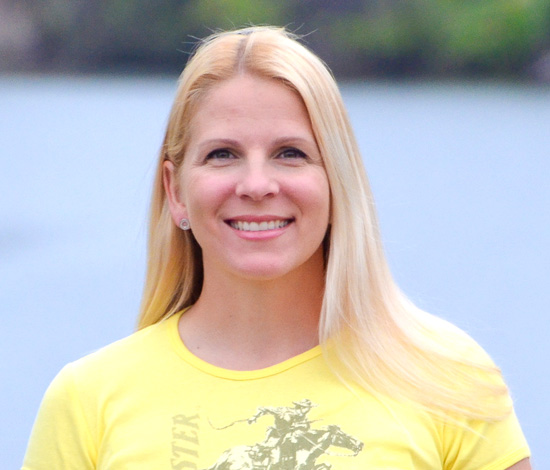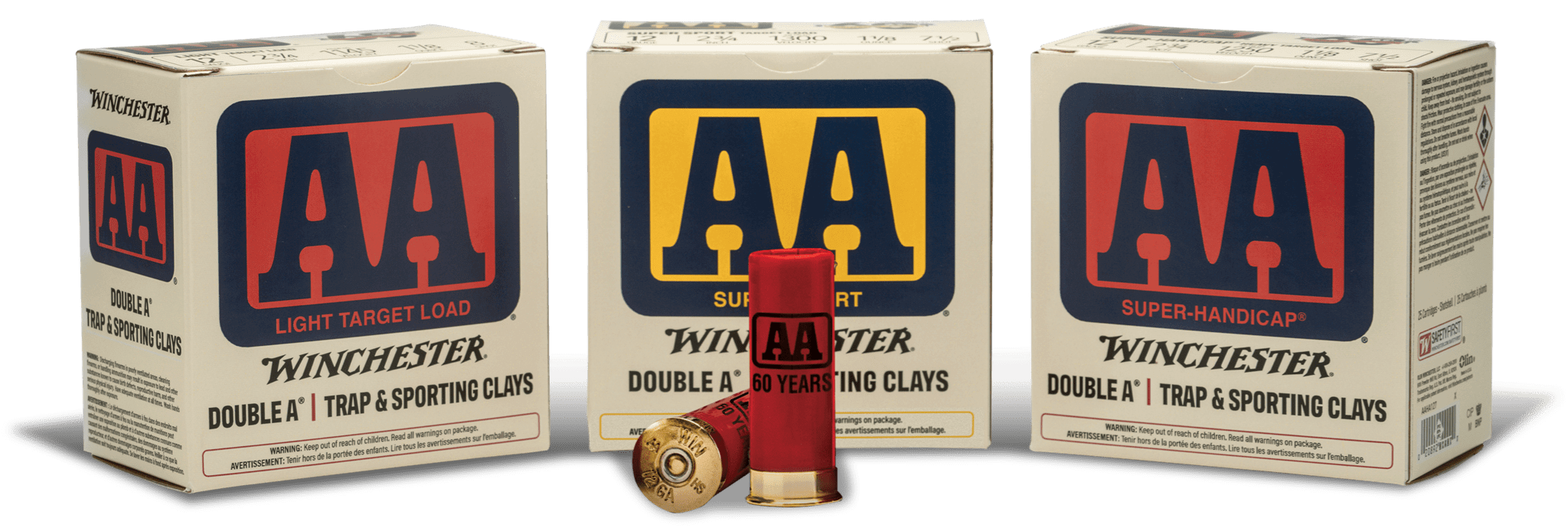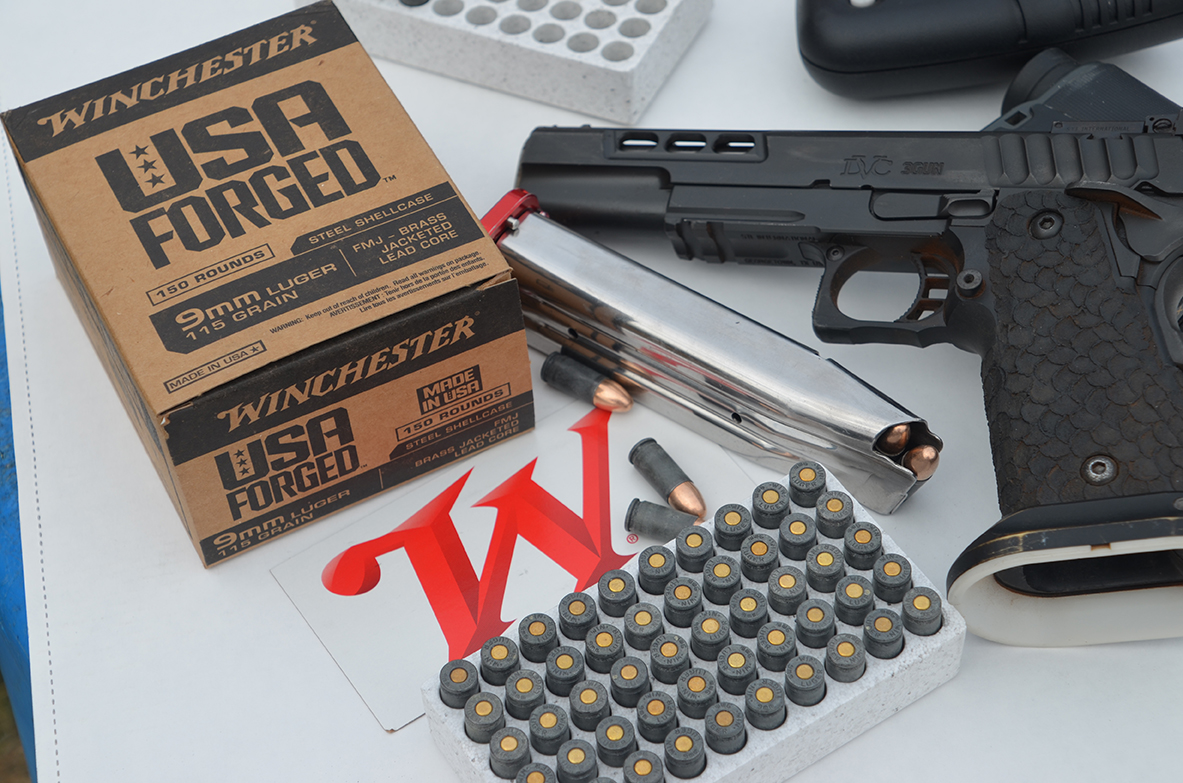Understanding "Sight Picture" When Shooting a Pistol
When we teach handgun shooting with iron sights, the basic method of aiming is defined as “to align the front sight blade in the rear sight notch, and match the height of the front sight with the rear sight, while maintaining a focus on the front sight.”
This is the basic principle, but while using this formula, we realize there are different types of sight picture. Each has a place, depending on the target and style of shooting. From close paper targets we see in some competitions, to refined shots requiring accuracy and finesse, there are different ways we use sights. There is a need to understand what YOU need to see to make those shots.
Preventing cookies from being stored on your device may interfere with your ability to view video content.
You can adjust your cookie setting by clicking the button below.
In this video blog, I demonstrate shooting at varying distances, and discuss how I use my sights and what my eyes need to see to make those shots. Make careful note that none of this is about speed shooting; these are considerations I take into account when I shoot targets of varying difficulty and distance. It takes experience to build up knowing what YOU need to see to make the shot. So, when you try these things, consider this a “slow-fire exercise:” An experiment in taking a good mental picture of what you need to see to shoot a target of a certain size at a certain distance.
First, close up. I’m mostly looking right over my sights when I stand this close to a target. I can draw the gun, and simply point it and shoot. This is sometimes referred to as point-shooting. It’s simple math - the target is very large when I am this close and as long as I point the gun in the middle of the target, I’m going to hit it. If I was to point at the target with my finger, I could point to the middle or the top or bottom, and the same way I can also point at the target with my gun. In competition, this is often used for very close targets. Shooting with this sight picture - looking over my sights - is not about drawing quickly. It is about understanding that I simply do not need to take the time to make my sight picture perfect. I’m so close that I can just point. I would call the things I pay attention to at this distance “pointing and pulling the trigger.”
Moving back to 5-10 yds. At this distance, I’m mostly looking through the sights. As I get further from the target, my sight picture is going to change to one where I point the gun into the middle of the target. I need to be more aware of where my sights are inside the target, but the sight alignment can be approximate - it doesn’t have to be perfect. This is used in competition when we have stages that require hits, but not inside any particular scoring zone. I’m still pointing, but I’m also beginning to aim by considering that my entire sight picture has to be roughly aligned and on the target. This is the sort of target that you can miss, even when it’s right in front of you. Why? Because you might be looking over your sights like you did up close and not considering aiming at all. While I still do not have to aim very much here, I would call the things I pay attention to this distance pointing with sights aligned on the target, while pulling the trigger.
As I move further back, say 15-20 yards, I start aiming and focus on front sight being aligned in rear sight. I need to see my sights, see them aligned and placed correctly on the target. I need to think about where my sight picture is placed on the target. I can’t just point now, I have to point and aim for a particular spot. So, I could say that I’m pointing, with sight alignment, and considering an aiming point while squeezing the trigger.
Now we’ve moved back far. In the video, I go out to 50 yards. I need to focus on the top my front sight in relation to rear sight. I need to think about having a perfect sight picture while I aim at the top ¼ of the target. I am also going to think about how I squeeze that trigger - before, during, and after of the trigger pull. I want to follow through a bit because this is a short barrel to be shooting this far out! I would call the things I pay attention to at this distance: (1) pointing the gun with (2) effort placed in aiming (3) at a specific spot (4) while squeezing the trigger without disturbing the sights, and (5) maintaining a little follow through.
That’s a mouthful! But you can see that by starting your pistol shooting close and moving farther and farther back, you will build an understanding of all the parts needed to make a shot perfect and accurate. Learning what you need to see, and knowing when and why each part becomes more or less important can help you focus on the parts you need for the target you are faced with. So, get out to the range, practice and learn!
And make sure you follow Winchester’s social media channels for more hunting and shooting tips and updates on Winchester supported events and promotions on rel="noopener noreferrer" Facebook, You Tube, Instagram and Twitter.





